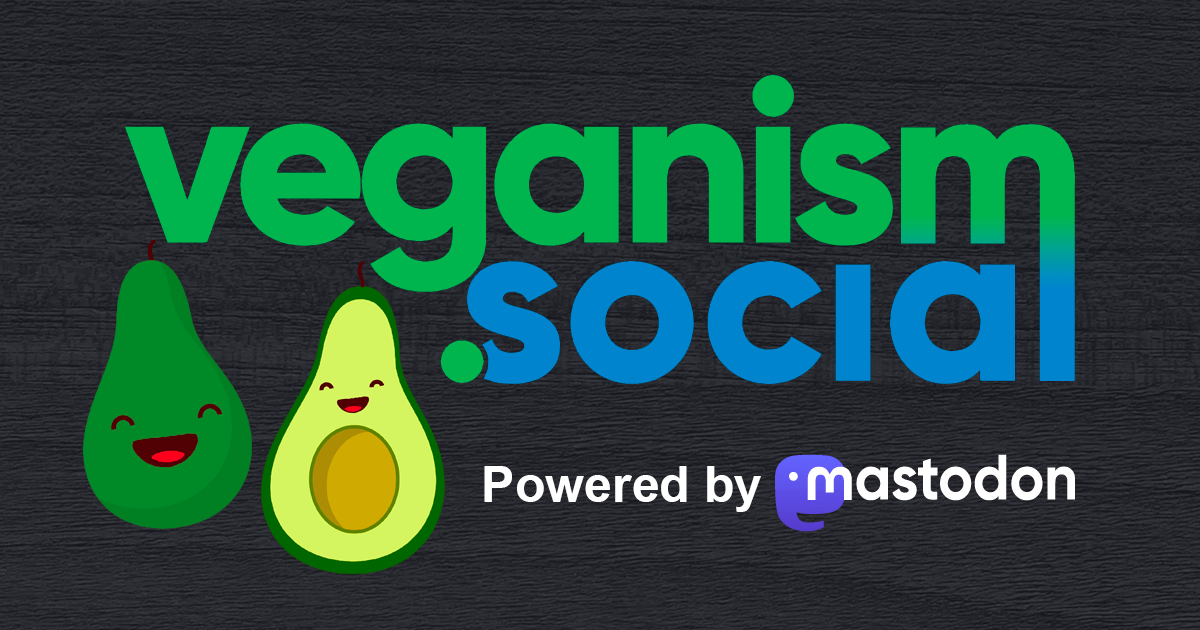Mikko Tuomi<p>It turns out there is more to the marvelous <a href="https://scicomm.xyz/tags/asteroid" class="mention hashtag" rel="nofollow noopener" target="_blank">#<span>asteroid</span></a> <a href="https://scicomm.xyz/tags/Dinkinesh" class="mention hashtag" rel="nofollow noopener" target="_blank">#<span>Dinkinesh</span></a> and its newly discovered <a href="https://scicomm.xyz/tags/satellite" class="mention hashtag" rel="nofollow noopener" target="_blank">#<span>satellite</span></a> than first meets the eye.</p><p>As Lucy spacecraft continued to return data of its first asteroid encounter on Nov. 1, 2023, the team was surprised to discover that Dinkinesh’s unanticipated satellite is, itself, a contact <a href="https://scicomm.xyz/tags/binary" class="mention hashtag" rel="nofollow noopener" target="_blank">#<span>binary</span></a> – that is, it is made of two smaller objects touching each other.</p><p>Nature is indeed wonderful.</p><p><a href="https://scicomm.xyz/tags/astronomy" class="mention hashtag" rel="nofollow noopener" target="_blank">#<span>astronomy</span></a><br><a href="https://science.nasa.gov/missions/lucy/nasas-lucy-surprises-again-observes-1st-ever-contact-binary-orbiting-asteroid/" rel="nofollow noopener" translate="no" target="_blank"><span class="invisible">https://</span><span class="ellipsis">science.nasa.gov/missions/lucy</span><span class="invisible">/nasas-lucy-surprises-again-observes-1st-ever-contact-binary-orbiting-asteroid/</span></a></p>
veganism.social is one of the many independent Mastodon servers you can use to participate in the fediverse.

Veganism Social is a welcoming space on the internet for vegans to connect and engage with the broader decentralized social media community.
Administered by:
Server stats:
293active users
veganism.social: About · Status · Profiles directory · Privacy policy
Mastodon: About · Get the app · Keyboard shortcuts · View source code · v4.4.0-alpha.5
#dinkinesh
0 posts · 0 participants · 0 posts today
VegansExploreLive feeds
Mastodon is the best way to keep up with what's happening.
Follow anyone across the fediverse and see it all in chronological order. No algorithms, ads, or clickbait in sight.
Create accountLoginDrag & drop to upload